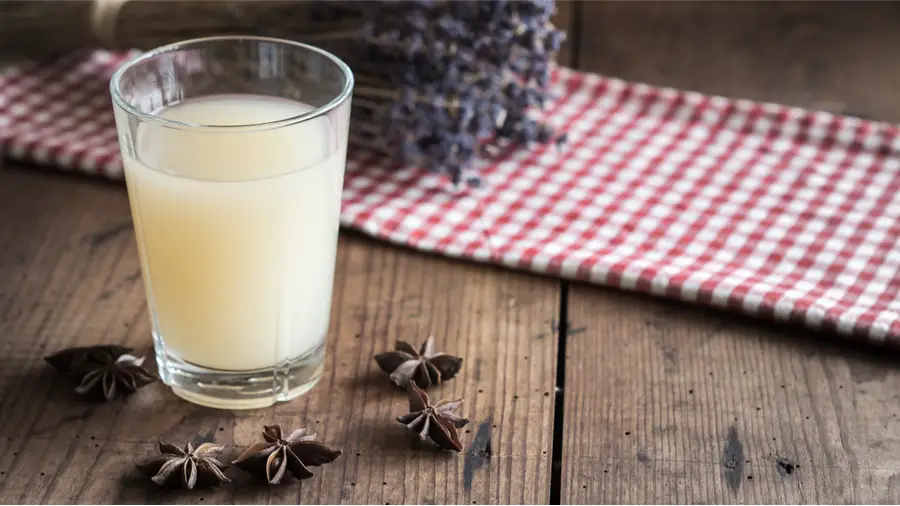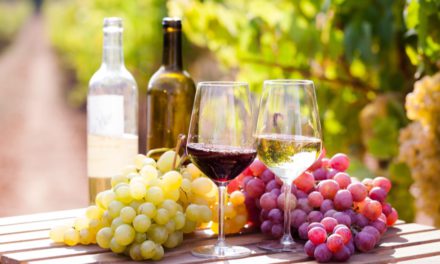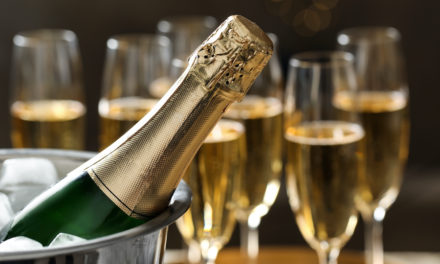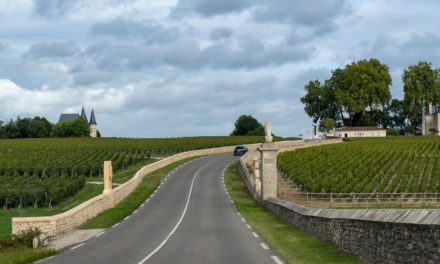Have you ever walked in summer through the idyllic villages of the French countryside in the south of the country? To be honest it’s not just in the south, it’s almost everywhere in the country, but anyone who has, would have noticed that, during the summer and on hot spring days, the French are used to playing “Pétanque”, which is an approach game played with metal balls, and to cool down, players and spectators drink a yellowish colored drink. This drink is the famous Pastis.
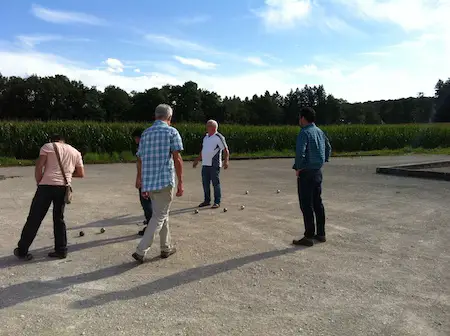
Also called “Jaune” because of its color, Pastis is a 45% alcohol drink made from different spices from the south of France, including star anise, green anise, fennel, liquorice, and caramel in varying proportions.
How do French people drink Pastis?
The basic recipe is five portions of fresh water for each portion of Pastis.
The French usually drink Pastis as an aperitif, during the hot season in the summer or even on certain spring days and drinking it’s a ritual. For the preparation you should have a tall glass, some people use a stemmed glass, not a wine glass. Basically, what you do is add a small portion of Pastis. Then you add cold water in 5 parts equal to the amount of Pastis you added. And you finish with 2 ice cubes.
I can’t stress enough the importance of following the correct order in which you add each of the parts, i.e., first the Pastis, then the water and finally the ice. The reason for this is that the alcohols present in the drink when they meet the ice first, do not dilute and mix properly, a fact that would be achieved by doing it in the correct order allowing them to properly release all the flavors and aromas in the drink making it more pleasurable.
Like any other drink you can drink it according to your taste, for example some people drink Pastis it neat, but the French insist that you should drink it like a good “Marseillais”.
What does Pastis go well with?
Pastis is mainly drunk with water, but its refreshing flavors also allow it to be used in different cocktails popularly known in France. Here is a short list of them.
- “Perroquet”: Pastis, mint syrup, and water. Thanks to the syrup it has a green color, hence its name.
- “Rourou”: Unlike the previous one, this one is made with strawberry syrup.
- “Tomato”: This one mix Pastis with grenadine syrup.
- “Mauresque”: Pastis and orgeat syrup.
- “Jaune Lemon”: Pastis, lemon juice, orgeat syrup, water and mint leaves and a slice of lemon as a garnish. Here is the link of the recipe.
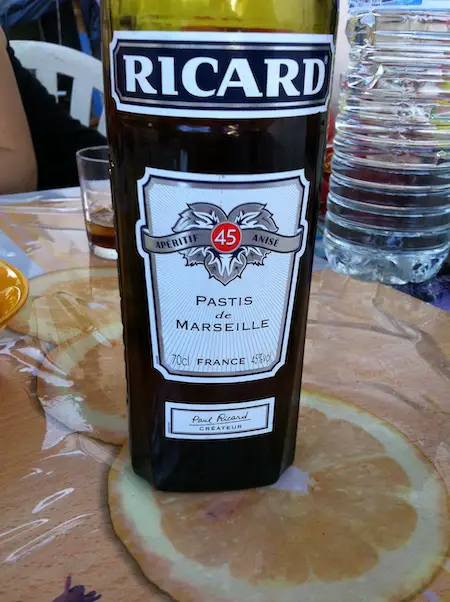
Where is it from Pastis?
Pastis was first produced in 1932 in Marseille, Provence-Alpes-Côte d’Azur in the south of France and is now the official summer drink in France.
The word Pastis means mixture and comes from the old Provençal language formerly spoken in the south of France. It is worth mentioning that its birth is related to the famous Absinthe drink, which was banned in France at the beginning of the last century in 1915 due to its reputation for insanity and violence in the population that used to consume it. If you want to know more about this enigmatic drink here is the link, what is Absinthe or the green fairy?
After its prohibition, the producers of Absinthe sought to develop drinks without the unjustly accused main ingredient, which were similar enough to continue satisfying the population and their appetite for an aniseed-flavored drink. Among such producers we can mention “Pernod Fils”, which was the leading manufacturer of absinthe in France at the time and was one of the hardest hit after the ban. Also, in the Pontarlier region, where “Pernod Fils” originated, we can mention Distillery GUY with its Pontarlier-Anis drink (https://pontarlier-anis.com/).
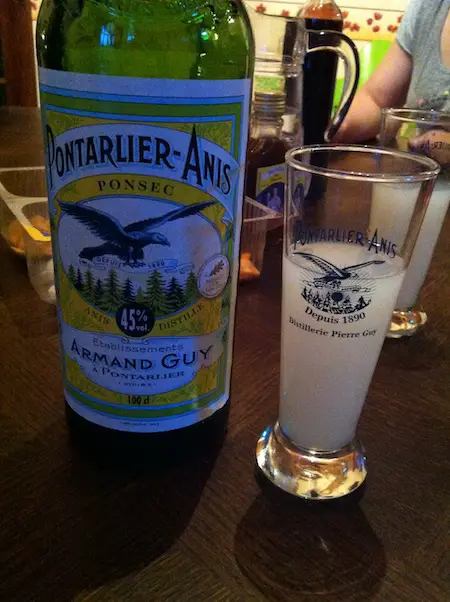
Of all these anise-based drinks, the most famous is Pastis, which as we know it today was created by Paul Ricard who had the brilliant idea of adding star anise.
How is Pastis made?
If you have ever wondered how Pastis is made, here we explain it to you. It is an all-natural drink with ingredients from the south of France. It is a fairly simple process like that of many alcoholic beverages. The aim is to obtain a mixture of water, neutral alcohol, sugar, and natural aniseed extract (anethole) by distilling star anise essential oil, then it is given its characteristic color thanks to the natural liquorice extract obtained by macerating it and finally the Pastis is given personality by adding the natural extracts of Provence plants obtained by macerating them. Among the Provence plants we find mint, oregano, rosemary, lavender, among others. Here you you have the website of Ricard.
À votre Santé !

